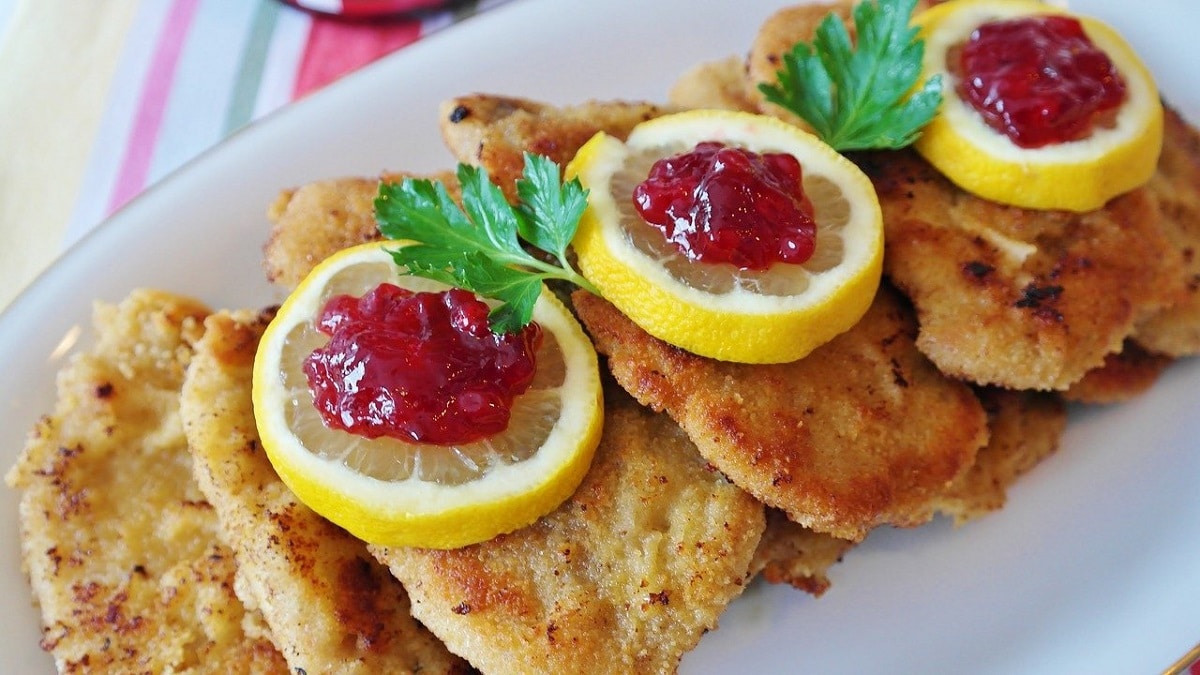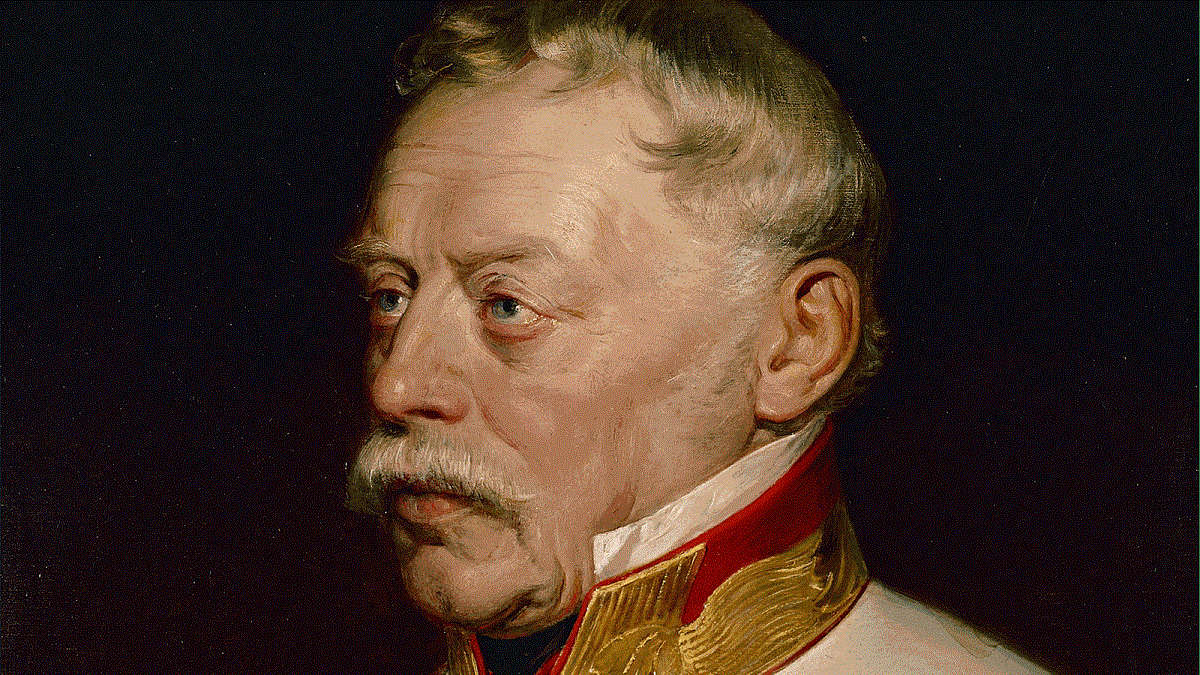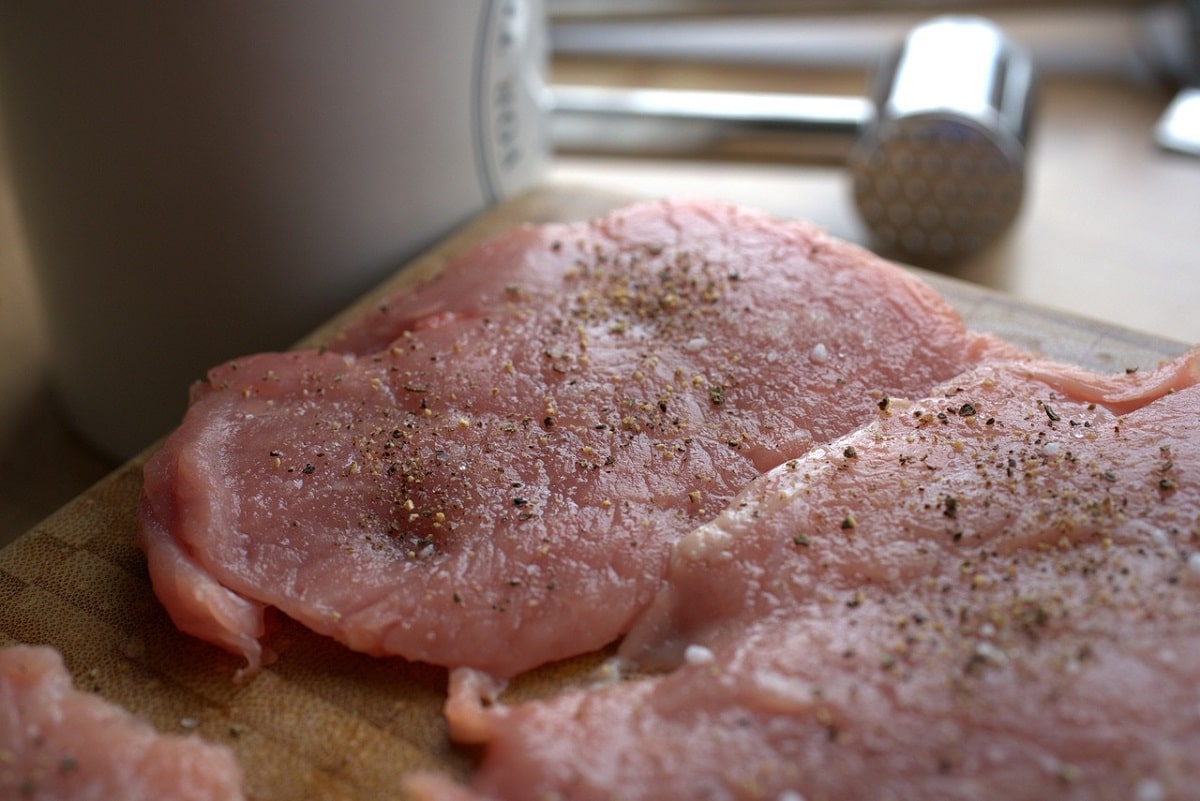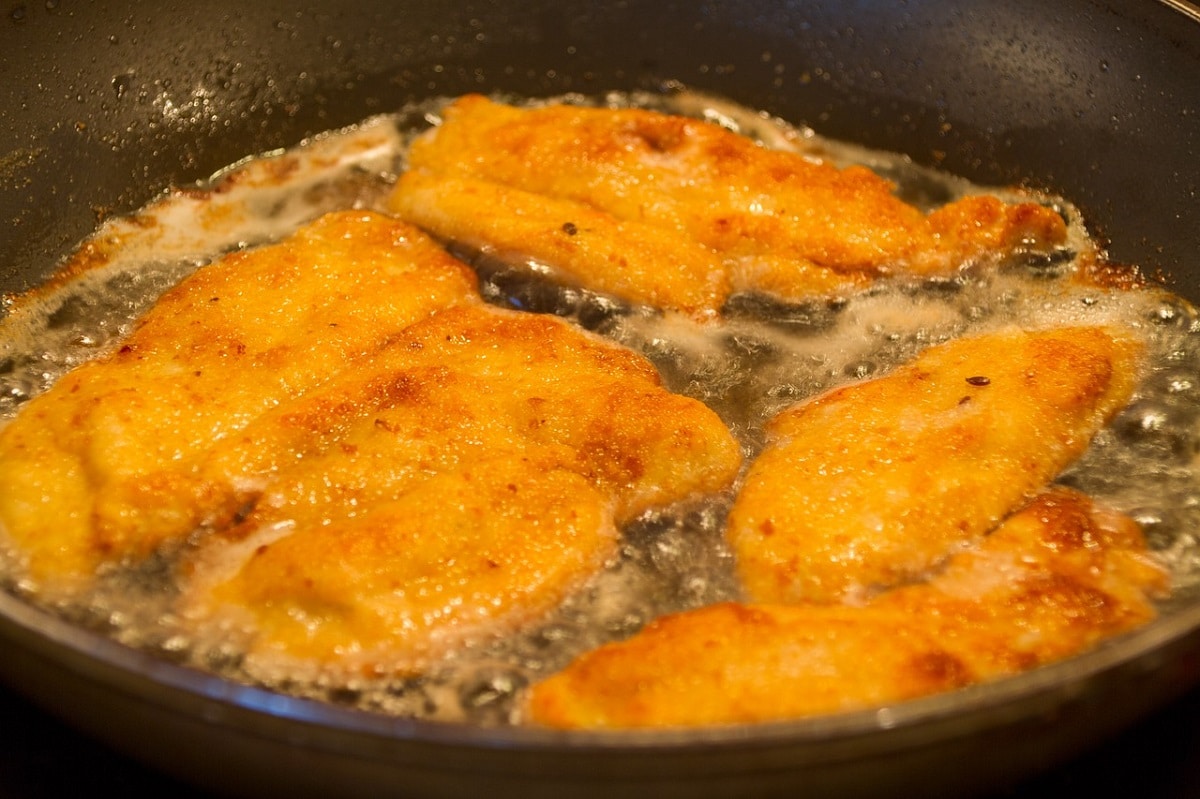
On every trip to Austria you have to reserve at least one day a table in a traditional restaurant to give a good account of a simple delicacy that is the national dish: the schnitzel.
To be rigorous, the exact name of this popular dish is Wiener Schnitzel, that is to say, "Viennese steak." This could give us a clue about the origin, the city of Vienna, although as we will see later it is a more than debatable issue.
Origin of the Schnitzel
The first document in which the name of Wiener Schnitzel appears is a cookbook in the year 1831. It is about the famous Katharina Prato's cookbook, where the elaboration of numerous typical Austrian and southern German dishes is explained. It mentions the Eingebröselte Kalbsschnitzchen, which can be translated as "Breaded veal chops."
But such a legendary dish well deserved a legendary origin. Although its veracity is questionable, there is a widespread story extolling the quarterback himself. Joseph radetzky as introducer of the Schnitzel in Austria.

Legend has it that Marshal Radetzky brought the Schnitzel to Vienna from Italy
Radetzky would have been fond of eating this succulent dish during his victorious military campaigns in northern Italy. Upon his return, the emperor Franz Joseph I of Austria He sent for him to tell him all the details. Instead of telling him about strategies and battles, Radetzky told him that he had discovered a wonderful dish of Lombardy veal. Fascinated by the tale, the emperor personally asked him for the recipe, which quickly became famous at the imperial court.
Historians have refuted this legend: long before the Schnitzel in Austria, fillets of various meats were already cooked, breaded or fried. And although meat was a product only accessible to the wealthiest classes, the way of preparation is quite simple, which contributed to popularize this dish.
How the real Wiener Schnitzel is made
Although there are some variants, none strays too far from the receta original, which by the way is quite simple. Good Austrian cooks agree that one of the keys to preparing a good Schnitzel is the choice and cut of the meat. It is generally beef, although there are recipes that use other types of meat.

How to make Schnitzel
The veal is cut into large slices in the shape of a butterfly. The canon mandates that its thickness be about 4 millimeters. These are the steps to follow:
- Meat preparation. First you have to gently beat the fillets until they are well flattened and expand a little more. Before the batter, add a pinch of salt and pepper.
- Then proceed to breaded: the fillets are bathed in milk, then floured, then bathed in beaten egg and finally passed through breadcrumbs. (Important: you don't have to crush the breadcrumbs, you just have to let them adhere to the steak naturally).
- The last step is the frying, in a large frying pan where lard or butter is poured at a temperature of 160 ° C. When it acquires a golden color we will know that it is time to introduce the fillets, which must swim in the fat so that the meat is uniform.

The schnitzel should be fried evenly
The traditional way to serve Schnitzel in Austria is on a large round plate accompanied by Garrison. This can be quite varied: lettuce mixed with a dressing of sweetened vinaigrette, chives or chopped onions, potato salad, white asparagus, cucumber salad or French fries with parsley. Also, in most Austrian restaurants most cooks add a lemon wedge and a parsley leaf.
Where to eat Schnitzel on your trip to Vienna
As a good national dish, Schnitzel appears on almost every menu in every restaurant in the Austrian capital. However, only in some of them is it prepared with the quality standards that make it a delicatessen. Here are some of them:
Schnitzelwirt
An old family restaurant in the Neubau neighborhood with rustic decor, much appreciated by both Viennese and tourists for its cheap prices. The portions are generous and the atmosphere pleasant.
Figlmüller
Distinguished historic restaurant next to Stephensdom, where the waiters wear bow ties and the prices are already higher. Their Schnitzel are so big they barely fit on the plate. A sight to behold. And for the palate, of course.
Dommayer Cafe
Despite its name, more than a café, this is an exclusive restaurant where the chef prepares traditional Austrian dishes, faithfully following the original recipes and using high-quality ingredients. Here the Schnitzel becomes a work of art, it is worth paying a little more to enjoy it. In addition, in summer you can have lunch or dinner on its pleasant terrace.